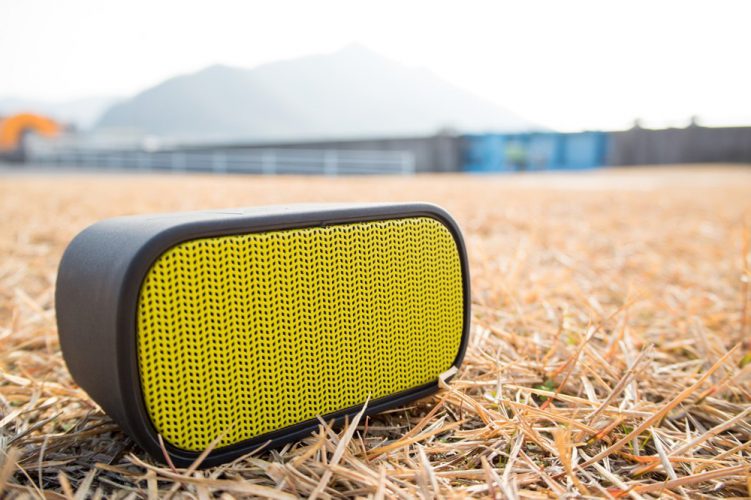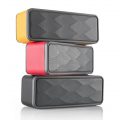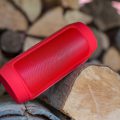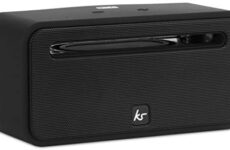
Now that we have discussed the best headphones under 100, we can now get on with one of the most discussed topics among Bluetooth users; its common issues.
Bluetooth is an excellent tool when it operates properly. But it can be exasperating when there’s an issue or two taking place. In this article we are going to discuss the most prevalent pairing issues and how you can deal with them.
Bluetooth Pairing Problems
Bluetooth, in order to operate correctly, will depend on how the hardware and the software connects. If the gadgets in question are not in sync with normal Bluetooth language, they will not be able to link up together.
In addition, Bluetooth gadgets who back up Bluetooth 4.2 ought to be capable of joining up with devices containing the likes of older Bluetooth versions like the 2.1.
Exceptions to the rule include devices that make use of Bluetooth Smart, which operates on a different procedure than older Bluetooth gadgets. Smart devices will not be able to distinguish phones with Bluetooth 0.3. But if a gadget backs up Bluetooth 4.0, it can possibly distinguish both the old and Smart versions.
Devices that employ Bluetooth Smart range from health-related devices like heart monitors. They usually join up well with a tablet or smartphone that utilizes the Smart or Smart Ready versions.
However if your gadget is an older version and is ancient enough not to be able to recognize the latest software, then it will not likely be able to join up with the recent Bluetooth version.
But if the pairing is rooted from user blunders, there are also ways to counter the problem.
Common Issues & Resolutions
Here are the most common issues and the steps you can take to correct them.
- Be certain that Bluetooth is up and running. Its symbol must be located at the top of the screen. If you do not see the symbol, you should check out the phone’s setting to get it enabled.
- Find out what pairing procedure that your gadgets often utilize because it can vary. For example, some devices require tapping a code on the phone while in some cases, users have to touch the phone to the gadget they need to join up with. If you are uncertain on how to pair a gadget with another, you can always refer to the gadget’s user guide and take it from there. You can also look for instructions online.
- Be certain that the two gadgets are placed close enough. They must be within 5 feet of one another.
- Switch the power of the gadgets off, then switch it back on. At times, a reset can help solve the problem. A simple way to deal with this on smartphones is by going in and out of airplane mode.
- Switch off elements that are likely interfering with the pairing process. For example, if your Bluetooth speaker that can normally link up with another person’s smartphone is suddenly having issues connecting with yours, then chances are the speaker is attempting to set off its normal connection. Several older gadgets usually try to link up with the last gadget they were connected with. So if that Bluetooth speaker was paired earlier with another gadget, you should switch the power of that other gadget off.
- Make sure that both devices are charged properly. The Bluetooth pairing process might not go well if the other gadget is low in juice.
- Be certain that the hardware’s firmware is currently updated. Several automotive audio systems would not connect with certain phones because chances are the Bluetooth drivers in those systems failed to work with the Bluetooth 4.0.
- Get away from a USB 3.0 port or WiFi router because there is a possibility that they can cause interference during a pairing process.
- If you have issues pairing a gadget with your personal computer, it is likely that you may be missing a required driver. You can download a driver by doing an online search.
- Remember that not all wireless gadgets use Bluetooth. Technologies like Wifi Direct, Wireless HD and NFC will not operate with your gadget without the assistance of supplementary hardware.















